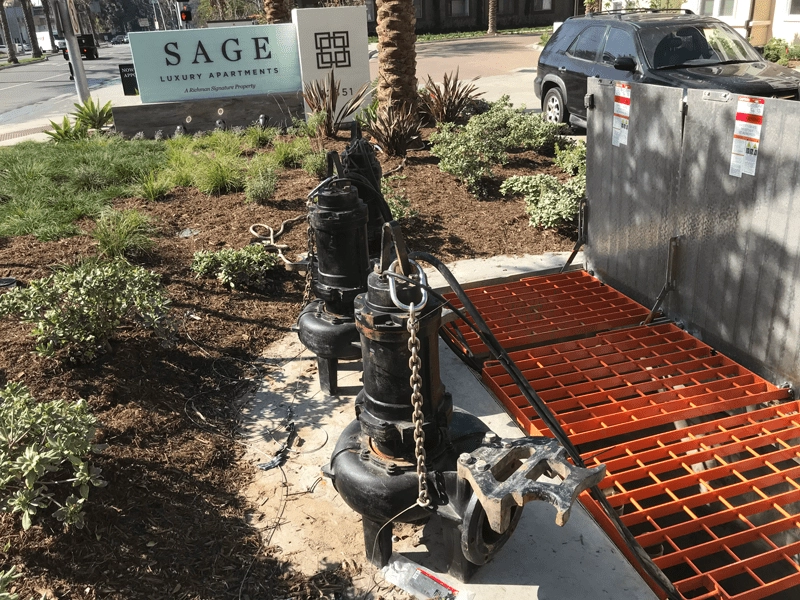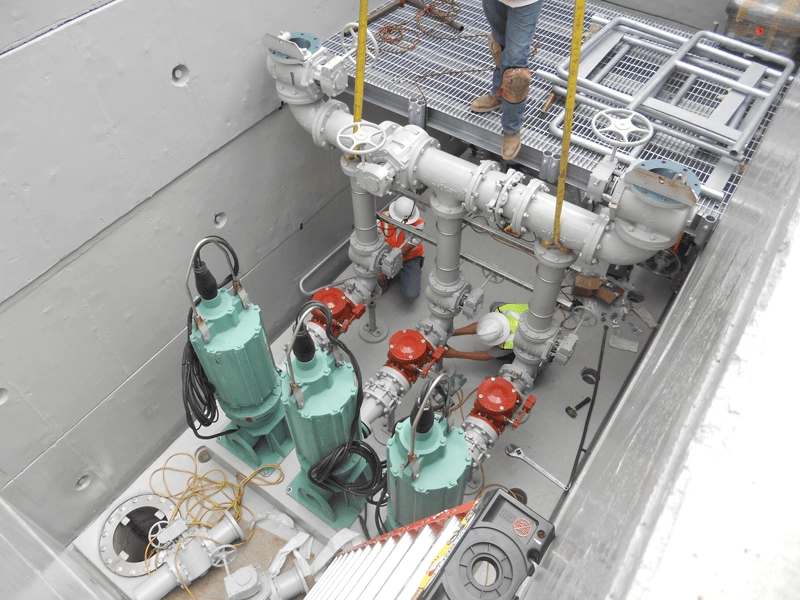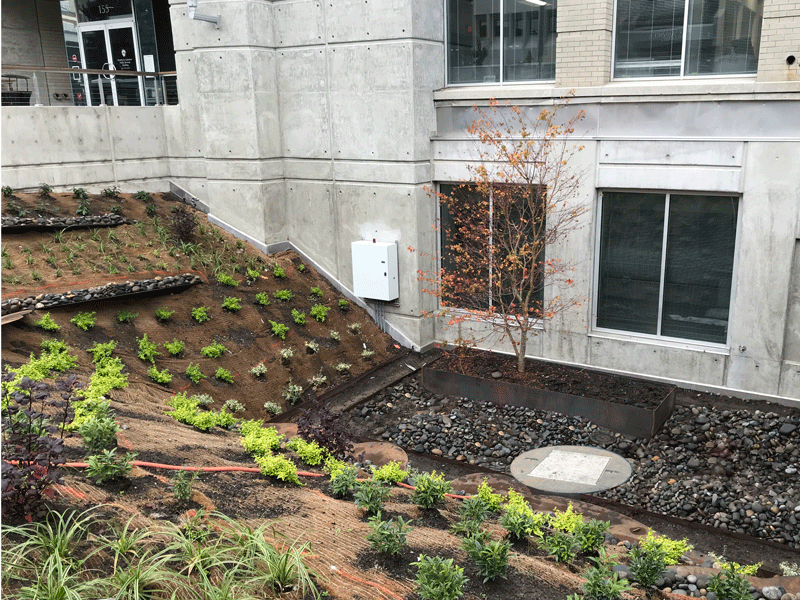
Romtec Utilities designs, engineers, manufactures, and constructs pump stations for all types of applications on public and private job sites. One component at the heart of every pumping system is, of course, the pumps. There are many different pump types available, and each technology and configuration is suited to specific situations and water types. Pump types are interesting to understand, but it is also important to understand the process that goes into selecting the correct pump for a new pumping system. Romtec Utilities engineers unique solutions for each pumping system that depends on the specific site data and requirements for each system.

The two biggest pieces of data that will be require for every pump station design are flow and TDH (Total Dynamic Head). In more simple terms, these numbers are the speed and the pressure that need to be met while pumping. These numbers are crucial for selecting the right pump because each pump operates within a specific range of flow and TDH. Some pumps have a wider range and some pumps have a narrow range, while some styles of pump are suited very well to specific areas. For example, in high-flow and low-head scenarios, an axial flow pump is well suited for operation. In low-flow and high-head scenarios, a positive displacement style pump is likewise well suited. In between these extremes, most scenarios are well met with various styles of submersible centrifugal pumps, and these styles offer more robust pumping when considering another piece of information.
The presence of solids can be mitigated or it can be unavoidable, but if there are solids present in the water being pumped, then the pump selection must take that into account. Submersible centrifugal pumps have a lot of advantages when it comes to handling solids. The impellers on these pumps can be open to allow solids of certain sizes to pass through the pump and flow downstream where they can be removed. The impellers can also be used as a macerating device to cut or otherwise breakdown solids into passable sizes that will not clog the system. These capabilities are not available on most turbine or axial flow style pumps, which operate better when the water is free from solids. Submersible centrifugal pumps are advantageous for a lot of reasons, but the do need to be submerged in the water being pumped to operate. This is not always possible or advisable for some types of water.

Conditions inside the well matter for the pump selection. Water can be hard to handle for a lot of different reasons, and some reasons will require the pumps to be located outside of the wet well. This can be the case when water is caustic, extremely hot, or there are disruptive elements like FOGs (Fats, Oils, Grease). In these scenarios, the pump selection will look toward pumps that are surface mounted or operate in a wet-dry configuration. Romtec Utilities has provided self-priming centrifugal pumps and wet-dry systems that reliably operate outside the wet well. Turbine pumps, end-suction, in-line, and positive displacement pumps are some of the common pump types that can be selected for installation outside of the wet well.

The pump selection is an important process. Each of the above criteria will factor in to which pump is used for a new system. In addition to these criteria, Romtec Utilities also works with our customers to understand brand preferences for the pump selection. Some clients prefer specific pump manufacturers over others, and Romtec Utilities is able to use any brand of pump available. Providing the best pump stations includes a lot of expertise about specific areas of engineering, and the best pump selection is a very important step toward designing a reliable and long-term pumping system solution.
